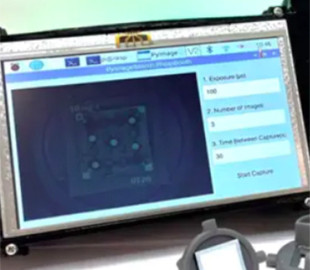
Researchers have developed a paper-based vertical flow analysis (VFA) method for detecting heart attack biomarkers.
Researchers from the University of California, Los Angeles have developed an inexpensive paper sensor to detect biomarkers of heart attacks. About it writes Interesting Engineering.
The developers claim that it is designed to get quick results in just 15 minutes. The sensor detects cardiac troponin I (cTnI), a protein that is released into the bloodstream when the heart muscle is damaged.
This innovative platform is a combination of two powerful technologies: deep learning algorithms and advanced nanoparticle amplification chemistry. In this platform, algorithms are used to analyze the images obtained by the VFA system and improve the detection of cTnI. Interestingly, the sensor is potentially capable of reaching a detection limit as low as 0.2 picograms per milliliter (pg/ml).
The researchers say the exceptional sensitivity of this platform far exceeds that of existing point-of-care devices.
200% Deposit Bonus up to €3,000 180% First Deposit Bonus up to $20,000The instrument meets the “clinical requirements” for detecting very small amounts of troponin protein in the bloodstream. Such accurate detection can pave the way for early diagnosis of acute myocardial infarction (AMI) or heart attack.
The hs-VFA system works in two stages. At the enzyme immunoassay stage, the test determines the cTnI protein in the blood sample. To do this, it uses tiny gold particles attached to other molecules to bind to the cTnI protein. In the second stage, the signal amplification phase, the gold particles trigger a chemical reaction that results in a color change. A special handheld device then photographs this color change. Deep learning algorithms are used to analyze these images, making the test even more sensitive and accurate.
The team found that the results of the hs-VFA test were very similar to the results of traditional laboratory tests. This demonstrated the reliability of the hs-VFA test. In addition, the system can detect different levels of cTnI, from very low to very high (from 0.2 pg/ml to 100 nanograms per milliliter (ng/ml).
In terms of cost, the paper test costs less $4 per test, while a portable reader costs about $170 per unit.This affordability can be valuable in resource-constrained environments.

